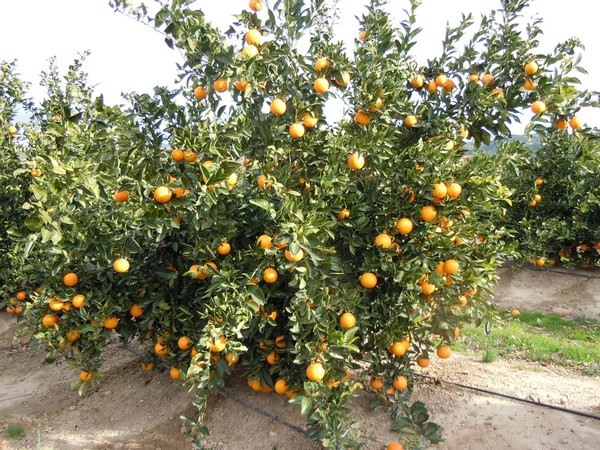Researchers from the Institute of Agri-Food Research and Technology (IRTA) have launched a demonstration of the "CITRUSREG: Digitization of irrigation in citrus cultivation through sensors and adaptation to climate change optimize water consumption" project, with the funding of the Department of Climate Action, Food, and Rural Agenda of the Generalitat de Catalunya, to show citrus producers and technicians the possibility of monitoring the water content in soil through sensors to grow citrus in a sustainable way from a water point of view.

Capacitive probes will be installed throughout the project to measure the water content in the soil. This will allow researchers to evaluate how the crops behave in the different water handling, and find out the effective irrigation dose, both in the irrigated plot according to the evapotranspiration recommendations and in the irrigated plot according to the probes' values. Thanks to this technology, producers will be able to adjust irrigation doses and reduce water consumption. The volume of the crown and the shaded area of the trees will also be measured to perform this calculation. In addition, during the summer months, researchers will measure citrus water stress once or twice in the plots, as well as irrigation doses to see how the crops acclimatize to the change in weather.
The activity will be carried out on a 0.63-hectare plot on a farm in Bitem, Tortosa (Baix Ebre), which has a collection of mid-season orange varieties, grafted on Citrange reed and with localized high-frequency irrigation, and it will be compared with the Lanelate and Chislett Summer Navel varieties. A total of 12 sensors will be installed in two plots at 20 cm, 50 cm, and 80 cm depths, which make up what is called a humidity profile set. A flow meter will also be installed on the drip line at each profile to know the amount of water applied.
Efficient irrigation while maintaining crop profitability and quality
In the project's second phase, researchers will study if there are differences in the fruit growth of the different varieties between plots. The growth curve of the fruit, the diameter, the thickness of the skin, each tree's production level, and the total harvest of the plantation will be studied. At the time of harvest, the oranges will be weighed to calculate the production volume of the different varieties. Internal ripening properties, such as sugar level and acidity, will also be analyzed.
The demonstration of this technology will be useful for the citrus growing sector and marketers, who often have large producing farms.
For more information:
IRTA
www.irta.cat
